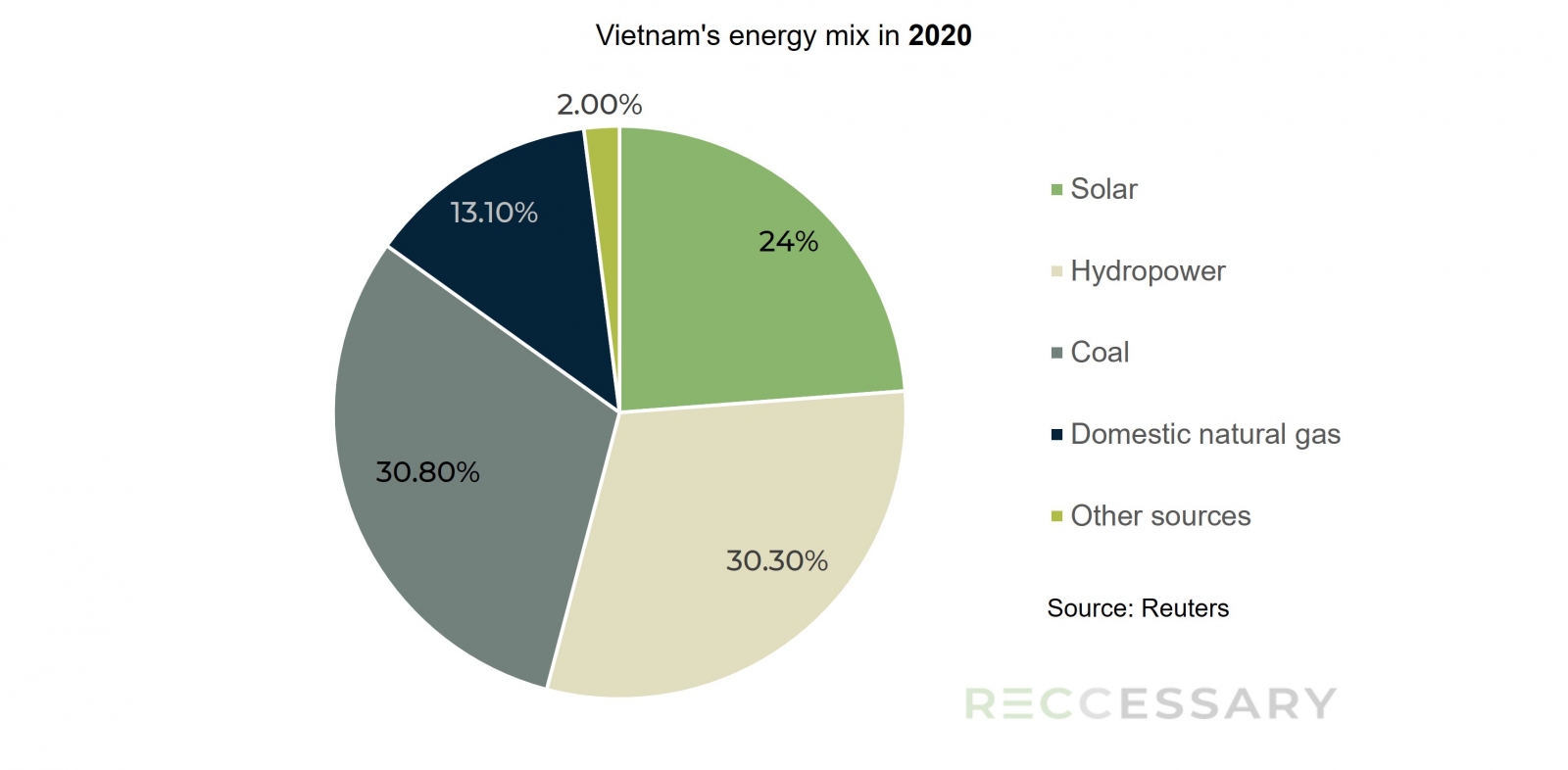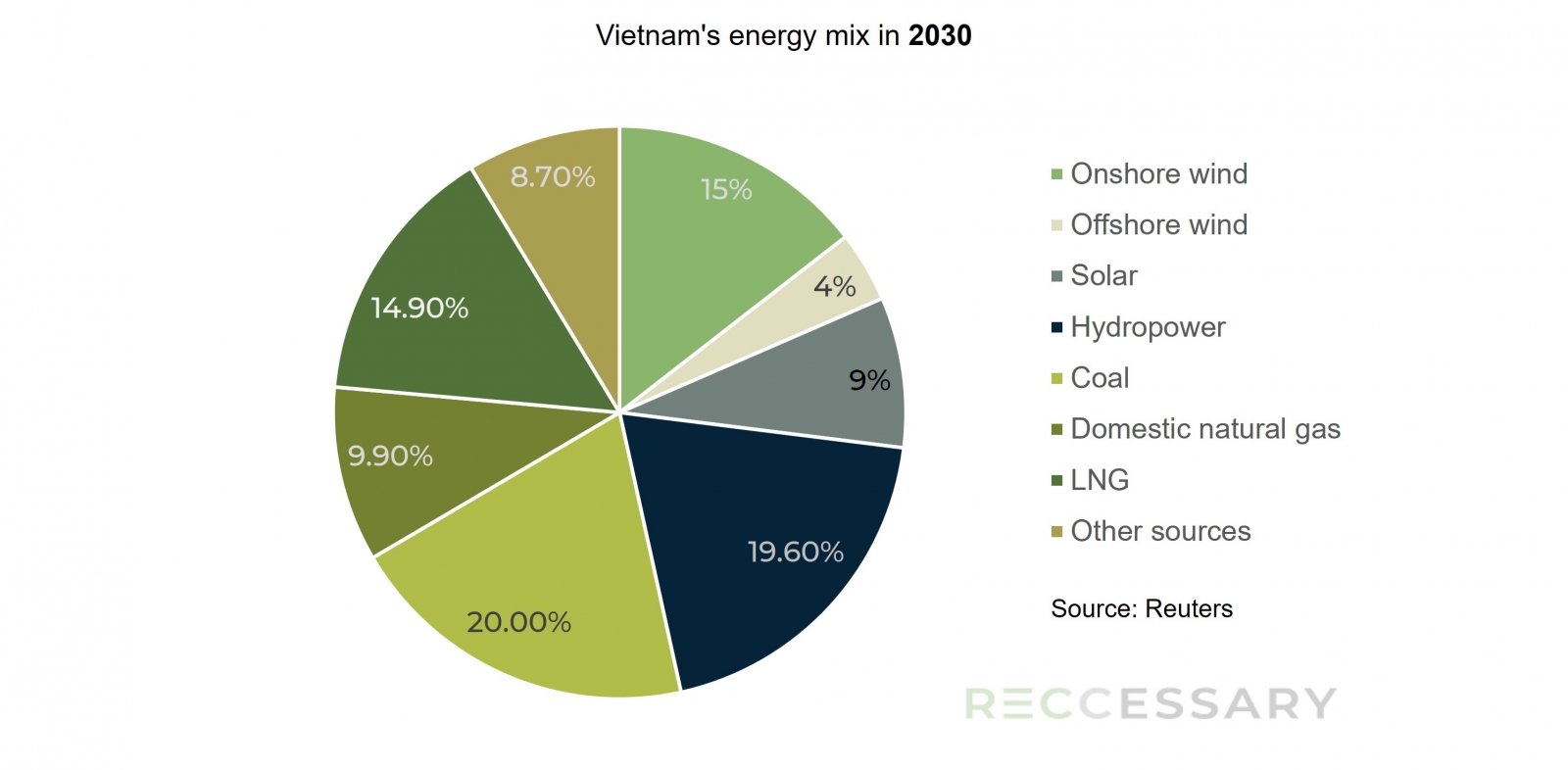Vietnam is battling electricity cuts caused by a heatwave which has revealed problems in structure and bureaucracy restricting available power to 50% of installed capacity and impeding efforts to access $15.5 billion in global climate funding.
The manufacturing hub is home to major factories operated by tech companies like Samsung and Foxconn, but it has faced challenges in upgrading its grid, a key step to satisfy demand and lure companies diversifying from China and elsewhere.
"Many factories have had to suspend production due to severe power cuts, and the cuts are regular," said Hong Sun, chairman of the Korean Chamber of Commerce in Vietnam.
"This is a very serious problem for South Korean companies operating in Vietnam."
And European businesses urged the government this month to move quickly to solve the power crisis.
"Addressing power shortages requires more concerted efforts to ensure efficient decision-making process for electricity market reforms," said Trang Nguyen, head of the Southeast Asia team at Australia's non-profit Climateworks Centre.
But against that backdrop it is unlikely renewable energy will provide a solution in the near future.
Despite a recent solar development binge, Vietnam, home to 100 million people, is reliant on coal and hydropower.
It has nearly 80 GW of maximum installed power capacity, but the heatwave has cut output to less than 50% of that at peak times, data for two-week averages to June 11 from state network operator EVN shows, or not even enough for normal days.
The average peak demand has increased around fourfold since 2006, reaching 42.5 GW in 2021, an EVN presentation showed. That left the highly populated and industrialized northern region faced a power deficit of 4.35 GW during the heatwave, the government has said.
Coal-fired plants contributed about 60% of electricity output last week. Additionally, Refinitiv data revealed that coal imports in May, totaling 4.5 million tons, were the highest recorded since June 2020.
A lack of rain has hit output of hydropower, second-largest source of electricity, with some northern provinces receiving just about a fifth of last year's figure, weather data show.
Water levels at nearly all northern hydropower plants are too low for them to run at more than 25% of designed capacity, the industry ministry has said.
Cloudy picture for renewables
While solar forms a quarter of Vietnam's installed capacity after a surge in investment in renewable power in the previous decade, little of that has been utilized, due to project approvals delays, lengthy tariff talks and regulatory uncertainties.
Installed capacity from solar farms and rooftop panels reached 19.4 GW by the end of 2020, but just 10.5 GW was in use on average at peak time during the heatwave, according to EVN.
And few solar energy producers are hooked up to the grid, with many having waited years for tariff agreements.
Partly as a result, solar energy's contribution to Vietnam's power mix is set to decrease to 8.5% of installed capacity by 2030, excluding rooftop panels, as other energy sources gain share under a power plan for this decade approved in June.


Wind power projects, slowed by administrative obstacles and the COVID-19 pandemic, saw about 12.5 GW go unused by February, after missing a 2021 deadline for government authorization to sell electricity at more favorable prices, according to an internal document from a member of the G7 nations. Some are still negotiating the tariffs.
Donors from the G7 and other countries pledged $15.5 billion in December to help Vietnam cut its reliance on coal. These donors have recognized the potential of wind energy, especially offshore farms, as a promising solution. Vietnam's long coastline and shallow waters in windy areas near big cities offer favorable conditions for the development of offshore wind projects.
But Vietnam has not yet approved regulations for such wind farms and plans for installed capacity of just 6 GW by the end of the decade.
Little progress has been made to unlock the funds as the government struggles to decide which department should be assigned with the program, say diplomats and officials involved in talks with Hanoi.
A decision-making body envisaged to have been set up by April has not materialized and foreign officials worry that a first draft plan to use the funds will not be ready by November, as planned.
The ministries of industry and environment in Vietnam have not responded to requests for comment.
The delay in utilizing international funds for climate policies in Vietnam can be attributed to administrative obstacles and the government's longstanding reluctance to accept foreign loans, which form the bulk of the G7 pledges. These factors have contributed to the slower implementation of international funds for climate-related initiatives in the country.
"This is a marathon, not a sprint," cautioned one diplomat from a G7 nation, who expects long delays on offshore wind farms.






